Sponges in Antarctica and the Mediterranean record the species of animals that live around them, including seals and penguins.
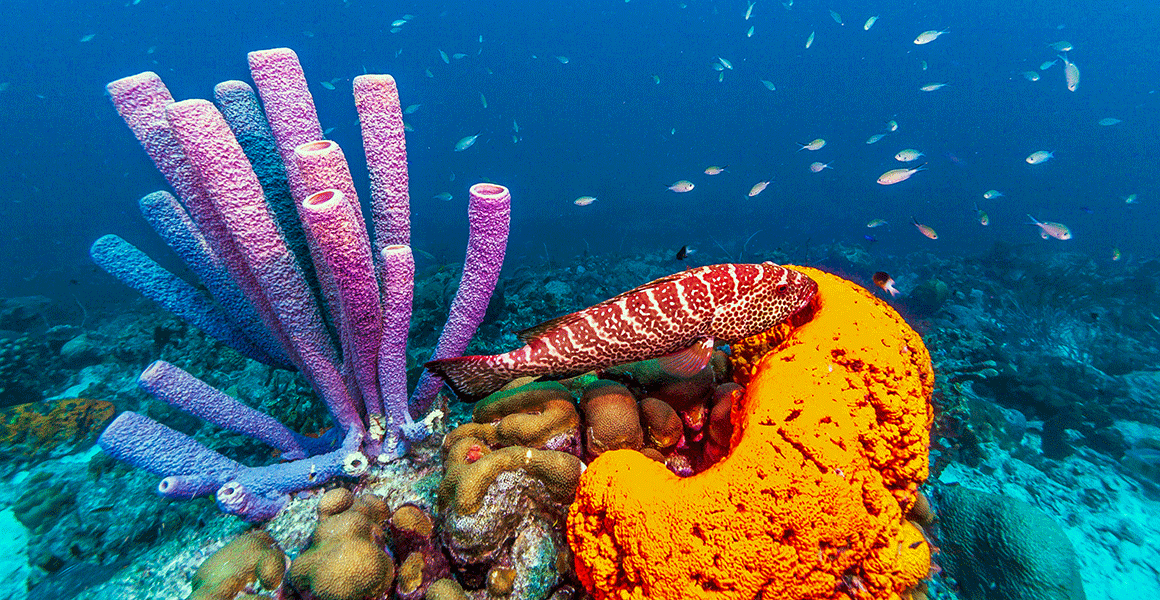
As sponges filter water, they trap bits of DNA from the animals that swim around them ©John A. Anderson/Shutterstock
To protect the oceans, scientists, conservationists and policy makers need to know what is living there.
Ocean surveys are done by a variety of methods depending on the group of plants or animals in question. For whales and dolphins this is done through surface observations, while fish are collected in nets, and sponges and echinoderms can be sampled using deep-sea rovers.
None of these techniques, however, are perfect. Some whales dive deep and rarely surface. Deep-sea rovers can only tell researchers about what is going on in an environment at that specific moment, when the sea floor is illuminated.
The last decade or so has seen a growing interest in what is called environmental DNA, or eDNA for short.
As animals move through soil or water, they invariably shed cells and bits of tissue that contain their DNA. The theory goes that by sampling ocean water, filtering out these cells and then analysing the DNA held within, researchers can build a picture of which animals are living in an environment at any one time.
This can often be an expensive technique, but researchers have discovered something that might help: sponges.
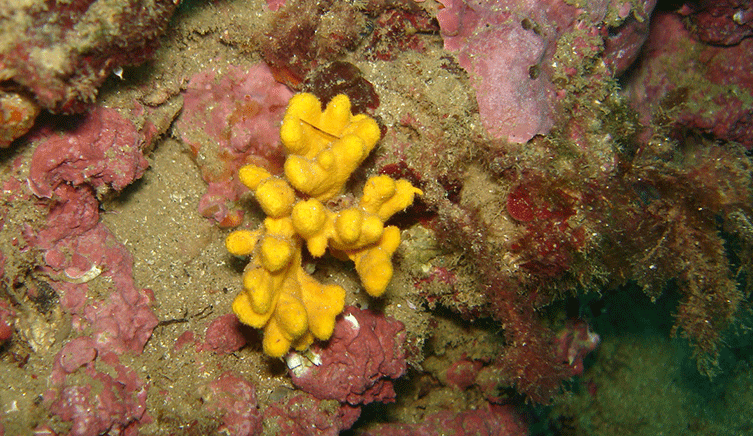
Sponges, such as this Axinella damicornis, are incredibly resilient © Ana Riesgo Gil
Publishing their results in Cell Press, Museum researcher Dr Ana Riesgo Gil and her colleagues identified up to 31 different species of vertebrates based on the eDNA trapped within samples of sponges collected in Antarctica and the Mediterranean.
'It is a very cool idea that was actually brought up via Twitter,' explains Ana. 'Prof Stefano Mariani from the University of Salford contacted me on Twitter saying that, as he works on eDNA and I work on sponges, we could join forces to try it out.'
Natural filters
There are around 10,000 species of sponges that can be found throughout the world's oceans, from the coasts to the depths, while others live in freshwater.
Sponges are the first group of animals that branched off the evolutionary tree, with the earliest fossil sponges dating to 580 million years ago. Like all animals they are multicellular, but unlike most they lack well-defined tissues and organs.
Adult sponges are generally immobile. Most species live on the seafloor or other solid substrates, and feed by drawing in water at the bottom before expelling it through an opening where they filter out particles of organic matter.
It is this process that the researchers have been able to exploit, allowing them to test the tissue of sponges for traces of vertebrate DNA that has been drawn into the animals as they've been filtering the water for food.
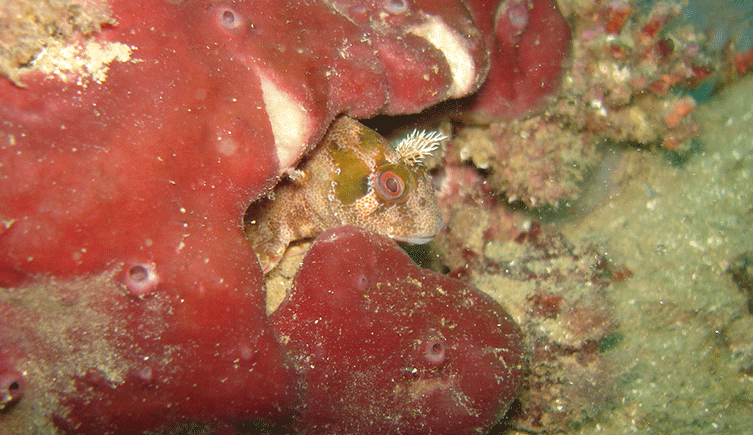
Sponges not only filter water, but also act as homes for other species © Ana Riesgo Gil
'I was very sceptical when Stefano asked me about this idea, because sponges are full of other living organisms living inside them, such as bacteria,' explains Ana. 'I thought that this would be a confounding factor.
'Sponges are also pretty good at digesting things quickly, so I wasn't sure that any DNA was going to survive. But he proved me wrong.'
Sampling the sponges
Ana and her colleagues were able to use samples of sponges from the Museum's collection, that had already been collected from both Antarctica and the Mediterranean.
'It just involves a diver collecting a little piece of sponge,' says Ana. 'This only damages the sponges for one day, as they're amazing at recovering. In less than 24 hours you wouldn't see anything on the sponge, not even a scar.'
The next step was to locate and amplify any vertebrate DNA present in the sponge tissue.
This required designing short pieces of DNA, known as primers, that only stick to vertebrate DNA. Those isolated sections of DNA could then be duplicated and analysed, allowing the researchers to identify the species present.
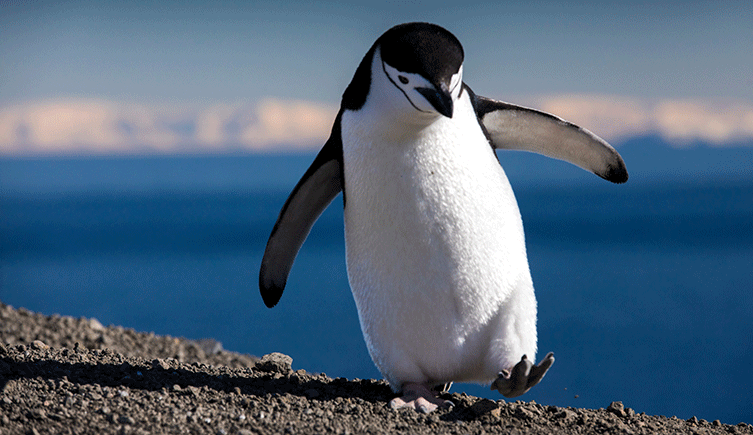
The sponges were found to contain traces of chinstrap penguin DNA, likely originating from a nearby colony ©Earth Trotter Photos/Shutterstock
'This was just a proof of concept to see if it was going to work,' says Ana, 'but we were able to identify 31 different taxa.
'We found lots of different fishes in both Antarctica and the Mediterranean, but as a bonus we were also able to identify Weddell seal and chinstrap penguin DNA.'
Ana says this makes perfect sense: while collecting the sponge samples from Antarctica, she remembers a large colony of penguins living not far away.
While this test was a resounding success - which surprised even Ana - there are still a number of factors that need to be worked out before it could potentially be used as a standard procedure.
'We have no idea how long the DNA can stay inside the sponges for, because sponges will digest whatever they can filter, so that means the degradation of DNA,' says Ana.
'For now all we can tell is just the presence or absence of species, but we want to test if it can also give any indication of abundance.'
Identifying entire communities
The ability to sample sponges could be a useful new tool in regions where transporting and installing large pieces of machinery is not feasible.
'If you want to study an endangered species of sawfish or a manatee in a mangrove forest in Mozambique, you can't go there with massive robots,' says Stefano. 'You have to use a very low-tech approach.'
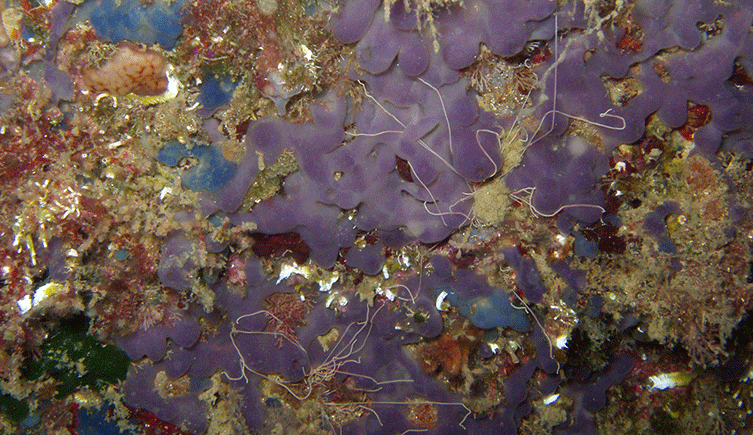
Sponges are found throughout the aquatic environment, both marine and freshwater ©Ana Riesgo Gil
Additionally, the primers that were designed to stick to vertebrate DNA could be tweaked to adhere to the DNA of other groups of animals such as echinoderms and molluscs.
This means that by sampling sponges, scientists could be able to build detailed pictures of entire ecosystems from the eDNA that they cling on to.
'Sponges are everywhere, even in freshwater ecosystems,' explains Ana. 'They can live from intertidal waters to depths of 4,000 metres. That opens the possibility to sample deep-sea communities and see what organisms live down there.'
The potential doesn't stop there, though, as sponges are far from the only aquatic animals that filter water.
'The benefit of using sponges is that they are filter feeders, but there are other filter feeders in aquatic systems,' says Ana. 'So perhaps by combining several species such as sponges, jellyfish and polychaetes, you could sample most of the organisms living in a community.
'There are still a lot of things we need to test, but this is really exciting.'
Read more
- Read the full paper published in Cell Press.
- Find out what else Dr Ana Riesgo Gil is up to.
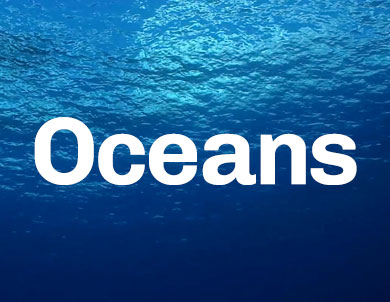
Discover oceans
Find out more about life underwater and read about the pioneering work of the Museum's marine scientists.
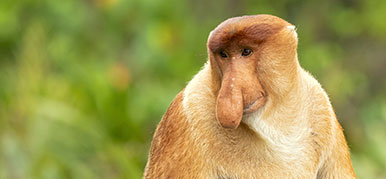
What on Earth?
Just how weird can the natural world be?

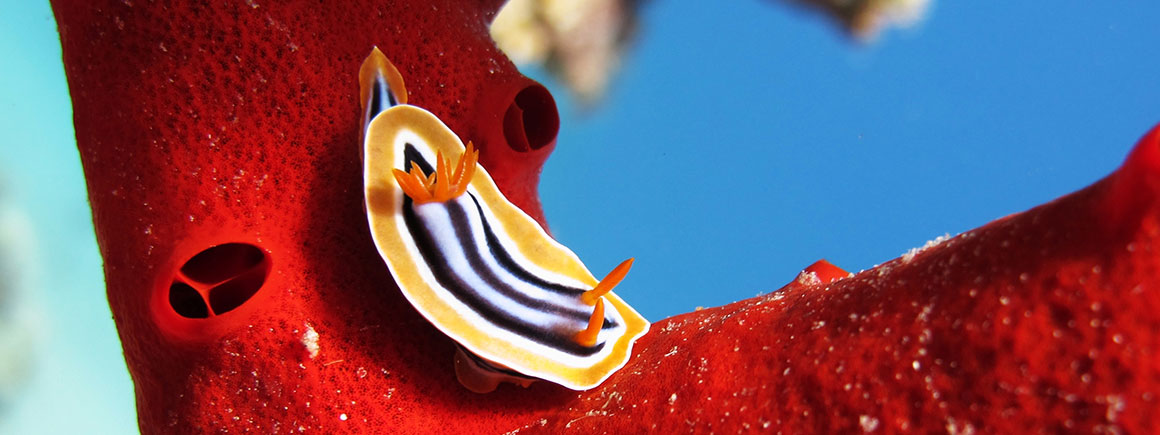

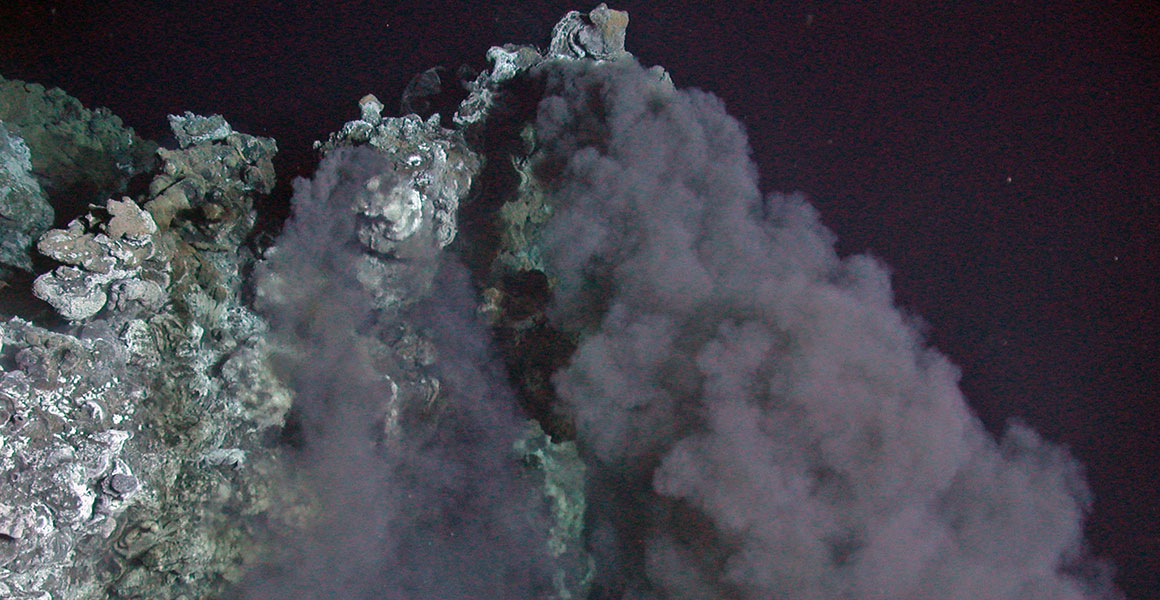
Don't miss a thing
Receive email updates about our news, science, exhibitions, events, products, services and fundraising activities. We may occasionally include third-party content from our corporate partners and other museums. We will not share your personal details with these third parties. You must be over the age of 13. Privacy notice.
Follow us on social media